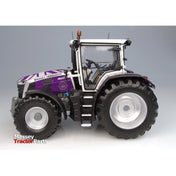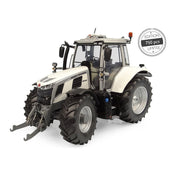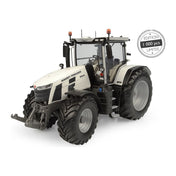Spring is a time of renewal and rejuvenation for both nature and farmers. As the cold winter months begin to fade away, it’s important for farmers to prepare their farms for the upcoming growing season. Whether you’re a seasoned farmer or just starting out, here are some tips to help you prepare your farm for the spring season.
-
Clean Up Your Farm The first step to preparing your farm for the spring season is to clean up any debris left over from the winter. This includes fallen leaves, branches, and any other debris that has accumulated over the winter months. This will not only improve the overall appearance of your farm, but it will also help to prevent pests and diseases from taking hold.
-
Repair Any Damage Winter can be tough on farms, and it’s not uncommon for equipment or structures to be damaged during the colder months. Take some time to inspect your buildings, fences, and equipment to ensure that they are in good working order. Repair any damage that you find, and make any necessary upgrades or improvements to ensure that everything is ready to go for the spring season.
-
Test Your Soil Before you begin planting your crops, it’s important to test your soil to ensure that it is in good condition. This will help you to determine which fertilizers and soil amendments you need to add to your fields to ensure that your crops will grow strong and healthy. You can purchase soil testing kits online or through your local agricultural extension office.
-
Plan Your Crops Once you’ve tested your soil, it’s time to start planning your crops for the spring season. Consider which crops will grow best in your soil and climate, and which crops are in high demand in your area. You should also consider which crops will provide the highest yield and which will be the most profitable.
-
Order Your Seeds Once you’ve planned your crops, it’s time to order your seeds. Make sure that you order your seeds from a reputable source, and that they are certified for organic farming if that’s what you’re looking for. It’s also a good idea to order your seeds early, as many popular varieties can sell out quickly.
-
Get Your Equipment Ready Make sure that all of your equipment is in good working order and ready to go for the spring season. This includes tractors, plows, seeders, and any other equipment that you use on your farm. Check the oil, filters, and belts on all of your equipment, and make any necessary repairs or upgrades.
-
Consider Cover Crops If you’re not planning on planting a crop during the spring season, consider planting a cover crop instead. Cover crops can help to improve soil health, prevent erosion, and reduce weed growth. Some popular cover crops include clover, rye, and oats.
In conclusion, preparing your farm for the spring season takes time and effort, but it’s well worth it. By cleaning up your farm, repairing any damage, testing your soil, planning your crops, ordering your seeds, getting your equipment ready, and considering cover crops, you can help to ensure a successful growing season. With a little hard work and preparation, your farm will be ready to thrive during the spring season and beyond.










